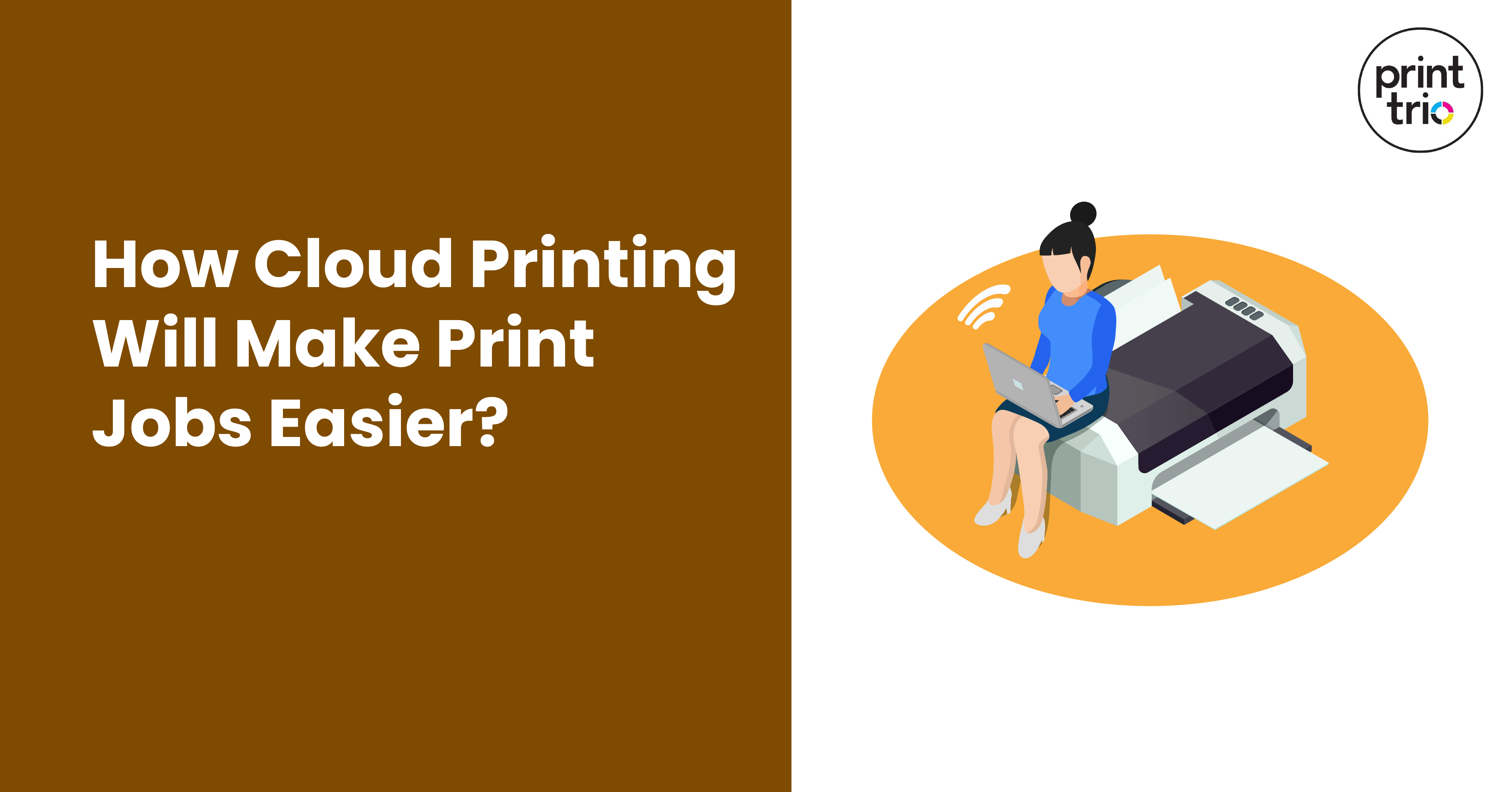The cloud consists of anything that is accessible via the internet. When we say that something is “in the cloud,” we mean that it is accessible remotely from anywhere (i.e., you do not need to be physically near a hard drive). Though the term ‘cloud’ is frequently used as a catch-all, there are four distinct types of clouds: public clouds, hybrid clouds, private clouds, and multi-clouds. The type of cloud storage you employ will rely on your business’s specific needs and security requirements. As the cloud is becoming an integral element of nearly everything on our computers, the distinction between local and cloud computing can sometimes become murky. You can easily incorporate a piece of local software (such as Microsoft Office) that provides a suite of web-based applications (Office for the Web accessed via your web browser without installing anything). Consequently, they are both a local application and a form of cloud computing (‘web-based’ is synonymous with ‘in the cloud’).
What Exactly is Cloud Print?
You may be thinking, “That’s all well and good, but how precisely is it possible to print through the cloud?” How can we deploy cloud printing if you must be near a printer to perform the task?’
In conventional printing, the computer sends a message to the printer via the print server. They may connect the printer and computer via a wired or wireless network.
What differentiates this from cloud printing? Cloud printing solutions are managed print services that permit network users to print from any device. A cloud-based printing service links digital devices such as cellphones, laptops, and workstations to printer stations.
What is a Cloud-Based Printing Service?
Cloud printing is a technology that enables printers to communicate with the cloud. A third-party program is required to connect the printer to the cloud because printers cannot independently accomplish cloud-based tasks. This application is typically provided as Software as a Service (SaaS) or Platform as a Service (PaaS).
The Three Approaches to Controlling Cloud Printing
Somewhere, a unique piece of software is required to connect the cloud to the printer. There are three locations where this software can be executed.
Printing:
Clouds cannot converse with printers, but printers can converse with clouds. Therefore, the software can be stored directly on the printer and not on a separate computer. That makes sense, right? The software must be explicitly built for every printer brand under the sun, which is a drawback of this method. The double whammy is that only certain manufacturers can handle the software. Therefore it will not operate with your typical office printer but only with large MFDs/MFPs.
Within a Computer:
A standard laptop can run the software required to communicate with the cloud. If only one computer runs the software, printing will cease if that machine is shut off or enters standby mode for whatever reason. Therefore, there is a single point of failure if the print server operation is dependent on a single computer.
On a Particular Device:
The software may reside on a desktop that is constantly on and wouldn’t even require much computer power, but this still represents a single point of failure. The disadvantage of this hybrid strategy is that it is equivalent to maintaining a print server. Thus you are not utilizing the full capabilities of a cloud provider.
Common Problems Cloud Printing Solved:
The Peak Performance Difficulty:
Numerous businesses and schools utilize printing occasionally. In addition, it demands a substantial amount of processing power, is technically challenging, and, as legacy technology, typically fails to keep up with contemporary work practices.
Generally, infrequent printing is not an issue on its own, but it becomes problematic when coupled with the need for substantial processing power. Over fifty percent of the day, a print server has virtually nothing to do. Nevertheless, the need for processing power often peaks twice daily.
The Issue of Print Complexity:
Cloud printing fixes the peak performance problem and the printer driver issue. Printing is technologically tricky because it is a sophisticated process of turning everything a specific application can create into a format that any printer can comprehend. A printer driver performs this conversion, but as there are thousands of printer models and a dozen relevant operating systems, there are also thousands of printer drivers. Any desktop PC or Mac with an installed printer must have the appropriate driver. This consumes time and resources, not to mention the incompatibility and instability caused by printer driver variations. It’s also a significant reason why schools and corporations struggle to enable printing for BYOD (Bring Your Device).
How to Transfer and Begin Using Cloud Printing?
Due to the ease of cloud printing, relocation is frequently more straightforward than expected. Depending on the vendor, only account creation and a temporary installation on a connecting PC are typically necessary. Afterward, the administrative interface is operational, and various user and group configurations can be established.
Advantages of a Cloud Printing Service:
A universal printer driver comes first. After installation on a desktop PC or Mac, the cloud printing service converts documents into the format required by the printer. Since it is irrelevant whether a printer is used, administrators can replace and upgrade printers without needing to modify their workstations. Now, providing printing services for employees and students is less about supporting appropriate devices and more about supporting people’s work areas. This new viewpoint makes things simpler and more sustainable; a business or school needs to consider the costs associated with covering each location and its users with a single cloud solution.
The second type of enhancement is a system that installs printer drivers automatically on PCs and Macs. Administrators utilize a web portal to determine which printers should be accessible to which users. This administrator does not even need to be an expert in printing technicalities. It is sufficient to provide a printer’s name and IP address, choose a printer driver, and select the group of users to whom it should be made available. And because a cloud service is a shared service, cloud printing already includes a complete database of printer drivers, already organized by the printer manufacturer and operating system.
Conclusion:
The growth of cloud services and how these solutions can be leveraged to obtain a competitive advantage in markets demonstrates that everyone, from private users to corporations and schools, can continuously embrace innovation – even if they did not create it themselves.
With a focus on cloud printing, suppliers are bringing printing innovations: Replacing obsolete communication protocols to enable faster print job transfers, load balancing, and failover technology implementation. The print conversion procedure was improved, allowing iOS, Android, and virtually all other devices to print in a managed print environment. And finally, user-friendly web portals were developed to share responsibility between users and administrators, allowing each group to focus on what they do best: an admin portal allows administrators to define printer configurations and exercise control over them, while a self-service portal enables users to select which printers they want independently.
Previous Posts: Erasable Printing Technology: Innovating Modern Printing
5 Sectors With Huge Printing Demand
Product Packaging: Design Memorable Unboxing Experiences

